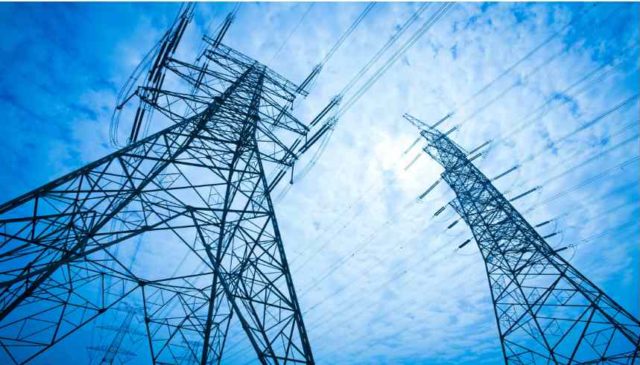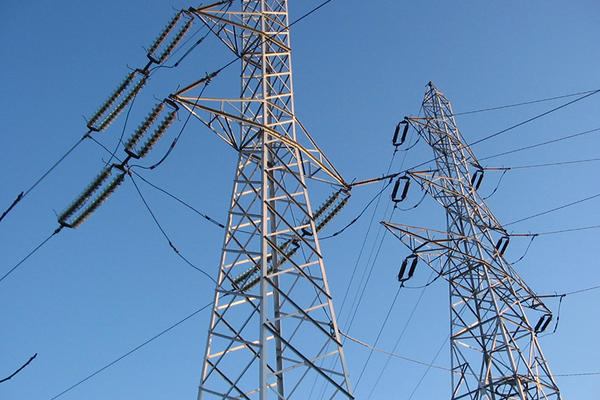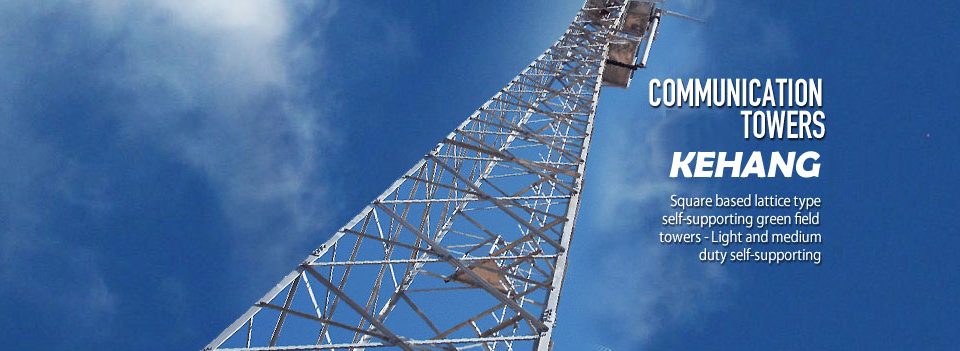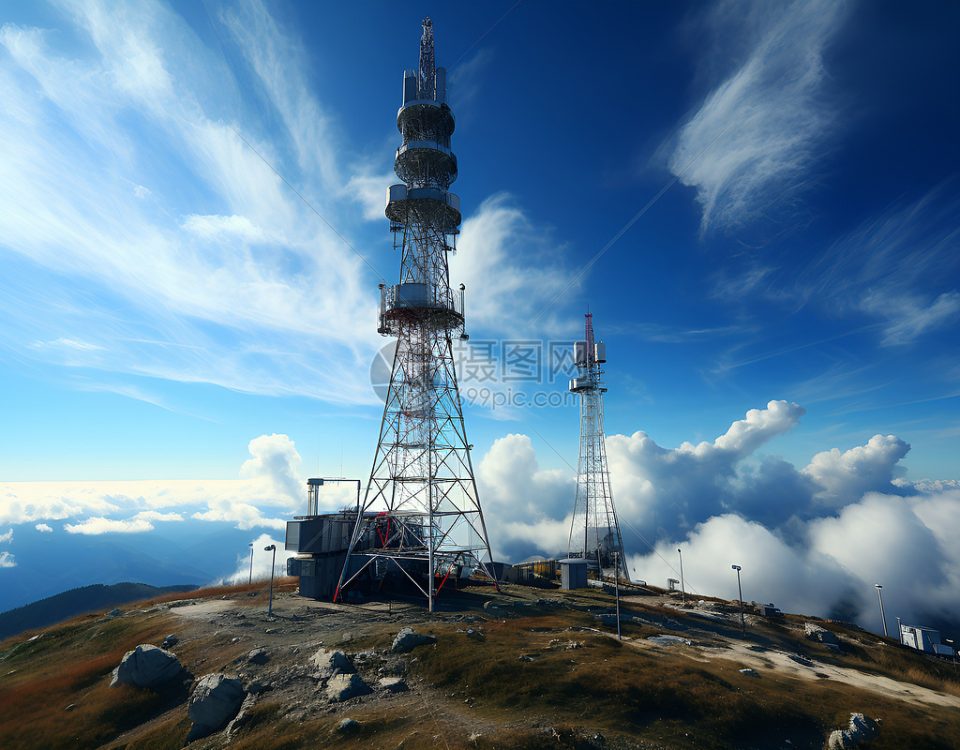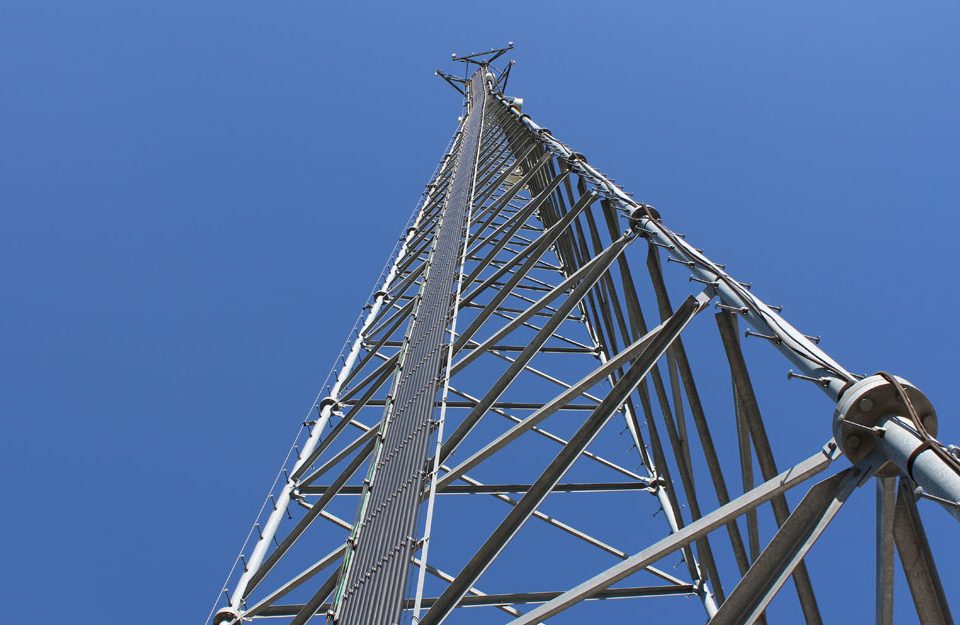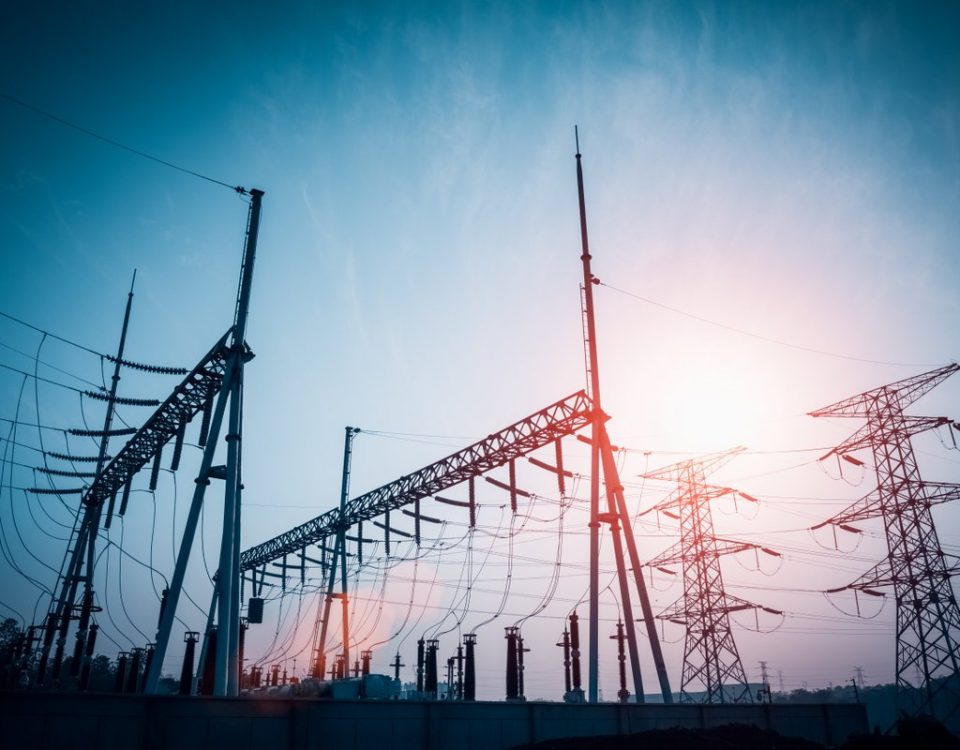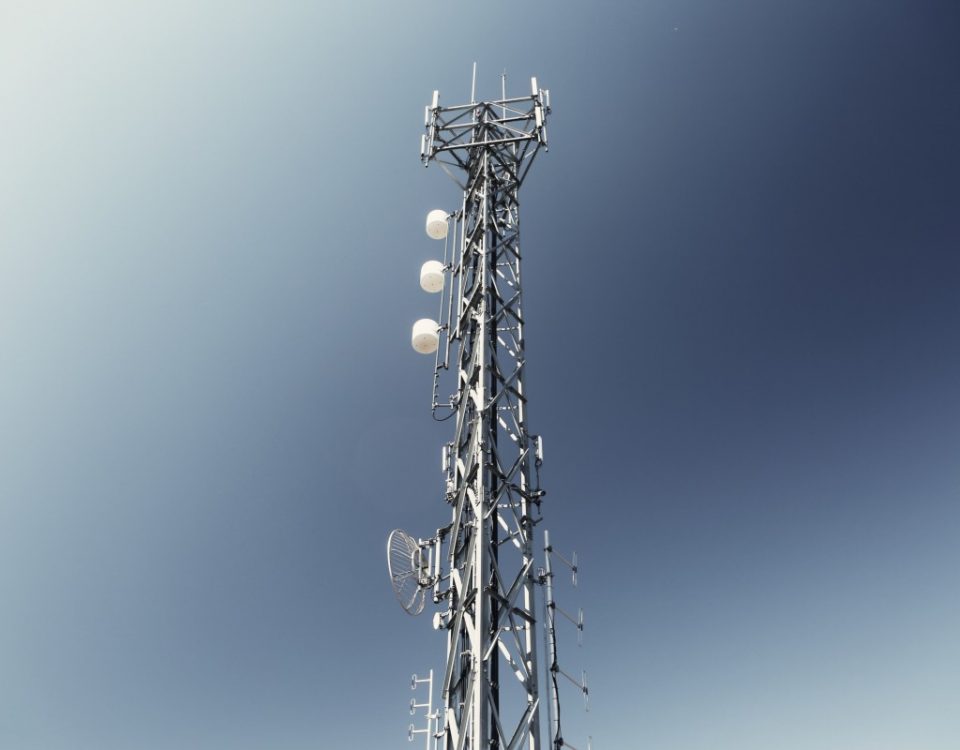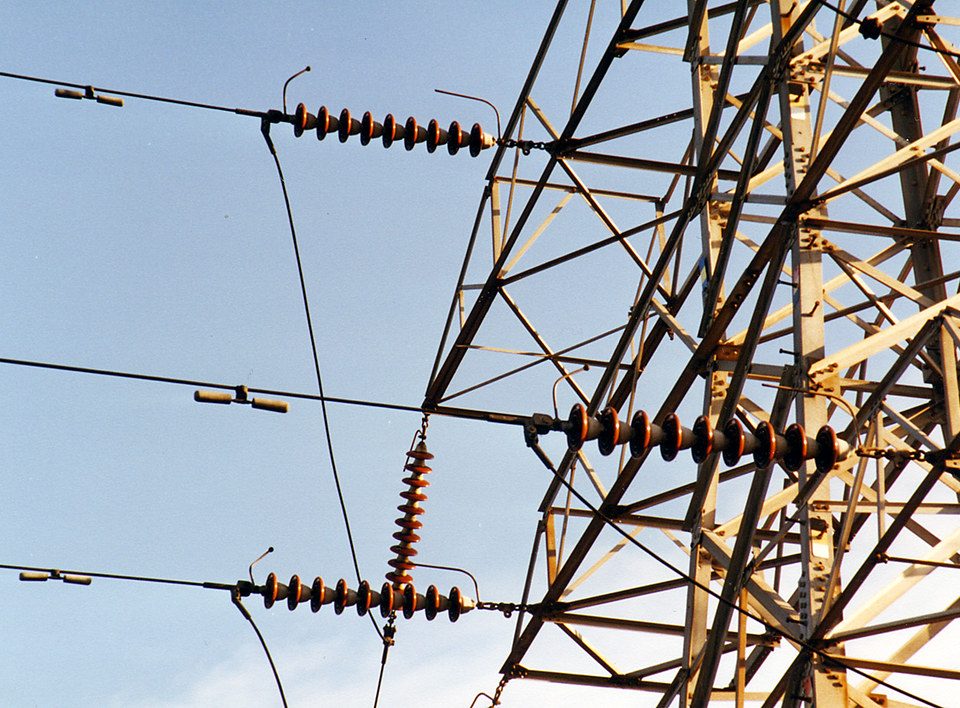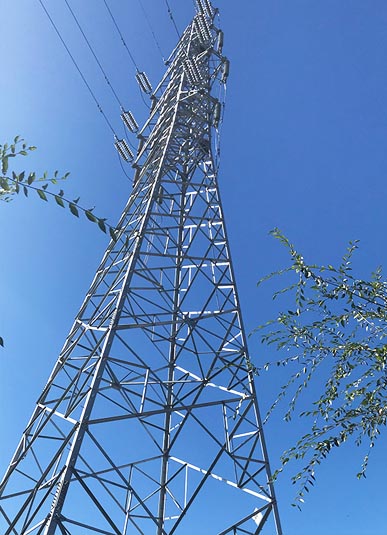
Transmission Angle Steel Tower with Single Circuit
March 22, 2018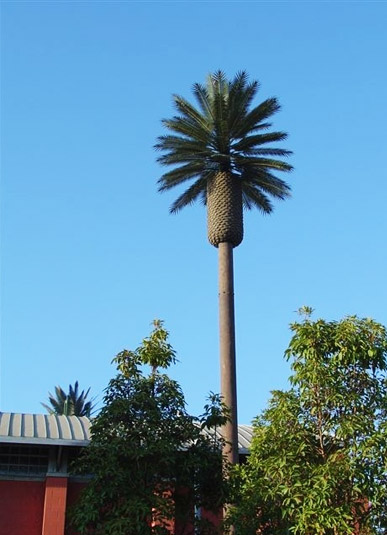
A communication tower you can’t see it – towers disguised as trees
March 24, 2018230 kV Transmission line tower Technical Specifications : Part one
INTRODUCTION
The works covered by these Technical Specifications form part of the Interconnection System Reinforcement Project. This part of the project consists of the design, manufacture, supply, transport of complete materials, erection test and commissioning for each****** circuit 230kV transmission line with one optical fibre cable shield wire (OPGW) complete within the Employer’s functional network.
B1.1 STEEL STRUCTURES
B1.5.1 General
This section covers the design, manufacturing; testing and supply of the self‑supporting lattice steel structures composed of hot dip galvanized steel angle sections bolted together at site for the 230 transmission line towers. The Contractor may propose existing designed, detailed and tested towers, which meet or exceed the loading and dimensional requirements specified.
B1.5.2 Steel Structures
Steel structures shall include all tower types with their body and leg extensions, additional tower cross arms if required, the foundation stubs, and the stub setting templates.
Assembly material shall include all bolts, screws, rivets, nuts, washers, locking devices, which are necessary for the assembly of the steel structures and their accessories as well as for the assembling and mounting of the other line equipment like insulator sets and conductor and earth-wire.
The IEC 60826 and the Particular Requirements are to be further considered for design and dimensioning and construction details.
The material to be used for the steel structures shall conform to the steel qualities Fe 360 and Fe 510 according to ISO 630, respectively S235 and S355 according to DIN EN 10025, or correspond to St. 37-3 and St. 52-3 according to DIN 17100 or equivalent.
B1.5.3 Workmanship
All work shall be equal to the best modern practice in the manufacture and fabrication of materials covered by this Specification.
The Contractor shall be responsible for the correct fitting of all parts. He shall replace, free of cost, any defective material discovered during erection, and pay all costs of field corrections for such replacement.
All parts of the structure shall be neatly finished and free from kinks, twists or bends. The fabrication shall be in strict accordance with the shop drawings prepared by the Contractor and approved by the Engineer.
Structural material shall be straight and cleaned of all rust and dirt before laid out or worked in any manner. Shearing and cutting shall be performed carefully. Manually guided cutting torches shall not be used.
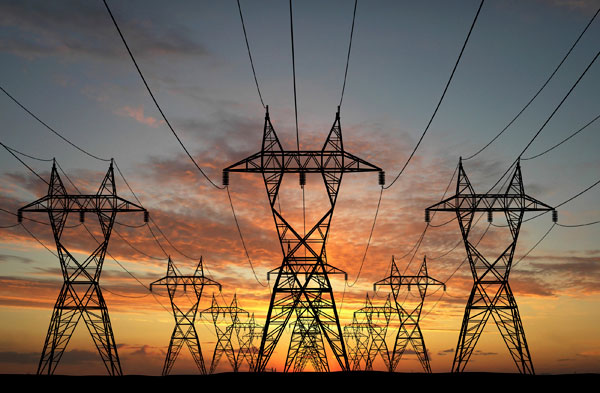
All bolt holes in steel members shall be punched, sub-punched, reamed or drilled before galvanizing. Holes shall not be punched but only drilled, if the thickness of the metal exceeds the diameter of the hole, and in all cross-arm members exposed to permanent tension. All holes shall be cylindrical and perpendicular to the member, clean cut with sharp tools and without torn or ragged edges.
Plugging, welding, or slotting have miss-punched, miss-reamed or miss-drilled holes will not be permitted. The holes shall be located accurately so that when the members are in position the holes will be lined up before being bolted.
B1.5.4 Welding and Heat Treatment
All welds shall be as shown in the welding drawings and shall be made in such a manner that residual shrinkage stresses will be reduced to a minimum. For that, welding sequence shall be indicated, as well as:
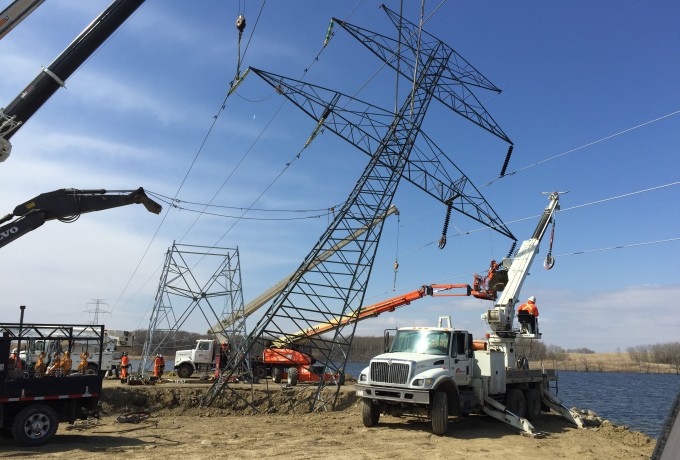
- Weld profiles for each of the weld types required for the fabrication and erection of the equipment to be supplied under this Contract
- Extent to which automatic welding techniques will be applied
- Extent to which manual welding techniques will be applied
- Extent to which it is the Bidder’s intention to use pre-weld heat treatment, post-weld stress relieving or normalizing consistent with the thickness and nature of material considered
- Weld electrodes, welding wire and flux which will be used with the selected plate material or materials
Standard tolerances for the deviations of mating weld profiles, one to the other, for longitudinal and circumferential weld, also the root gap tolerances, as normally used and proposed by the Contractor.
B1.5.4.1 Preparations for Welding
Pieces to be joined by welding shall be cut accurately to size including the required allowances. According to the proposed welding method, the welding edges shall be sheared, flame-cut or machined to allow thorough penetration and fusion of the weld with the base material.
The cut surfaces shall be free of base material. The cut surfaces shall be free of all visible defects, such as laminations, surface defects caused by shearing or flame-cutting operations. The edges and surfaces to be welded shall be free of rust, mill scale, grease, oil, paint or any other foreign matter.
Welding over paint shall be prohibited; all painting materials next to the joint to be welded shall be removed well beyond the heat-affected zone.
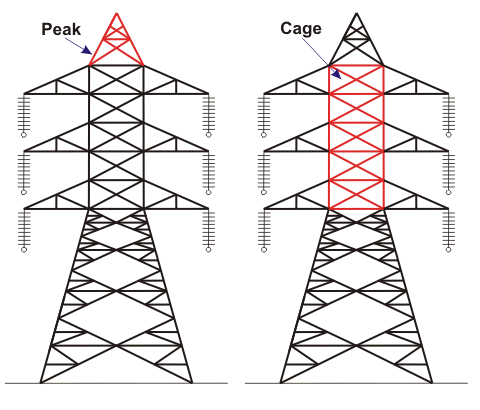
B1.5.4.2 Welding Qualifications
For welding of all plant parts, the standards and qualifications shall conform either to the AWS (American Welding Society) Standard Qualification Procedure or equivalent European Standards. All welders and welding operators assigned to the work shall have passed a performance qualification test. If more than one year has elapsed since the welder or welding operator passed his last test, he shall be tested again. Welders and welding test operators’ test certificates shall be submitted to the Engineer.

